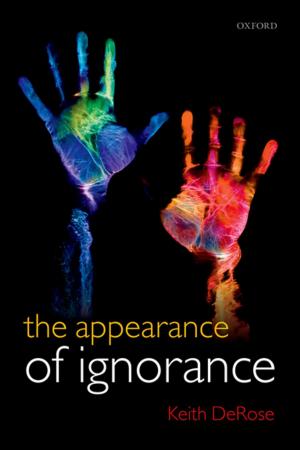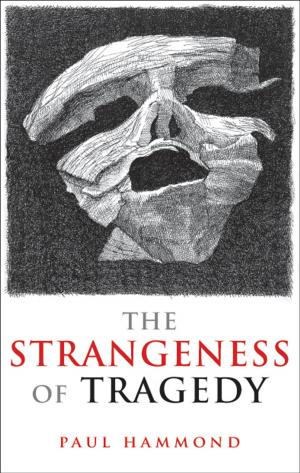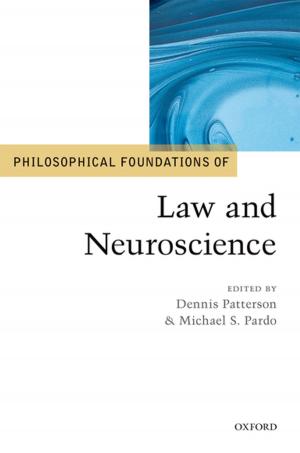Worlds of Arthur: Facts and Fictions of the Dark Ages
Facts and Fictions of the Dark Ages
Nonfiction, Social & Cultural Studies, Social Science, Archaeology, History, British| Author: | Guy Halsall | ISBN: | 9780191632716 |
| Publisher: | OUP Oxford | Publication: | February 4, 2013 |
| Imprint: | OUP Oxford | Language: | English |
| Author: | Guy Halsall |
| ISBN: | 9780191632716 |
| Publisher: | OUP Oxford |
| Publication: | February 4, 2013 |
| Imprint: | OUP Oxford |
| Language: | English |
King Arthur is probably the most famous and certainly the most legendary medieval king. From the early ninth century through the middle ages, to the Arthurian romances of Victorian times, the tales of this legendary figure have blossomed and multiplied. And in more recent times, there has been a continuous stream of books claiming to have discovered the 'facts' about, or to unlock the secret or truth behind, the 'once and future king'. Broadly speaking, there are two Arthurs. On the one hand is the traditional 'historical' Arthur, waging a doomed struggle to save Roman civilization against the relentless Anglo-Saxon tide during the darkest years of the Dark Ages. On the other is the Arthur of myth and legend - accompanied by a host of equally legendary people, places, and stories: Lancelot, Guinevere, Galahad and Gawain, Merlin, Excalibur, the Lady in the Lake, the Sword in the Stone, Camelot, the Round Table. The big problem with all this is that 'King Arthur' might well never have existed. And if he did exist, it is next to impossible to say anything at all about him. As this challenging new look at the Arthur legend makes clear, all books claiming to reveal 'the truth' behind King Arthur can safely be ignored. Not only the 'red herrings' in the abundant pseudo-historical accounts, even the 'historical' Arthur is largely a figment of the imagination: the evidence that we have - whether written or archaeological - is simply incapable of telling us anything detailed about the Britain in which he is supposed to have lived, fought, and died. The truth, as Guy Halsall reveals in this fascinating investigation, is both radically different - and also a good deal more intriguing.
King Arthur is probably the most famous and certainly the most legendary medieval king. From the early ninth century through the middle ages, to the Arthurian romances of Victorian times, the tales of this legendary figure have blossomed and multiplied. And in more recent times, there has been a continuous stream of books claiming to have discovered the 'facts' about, or to unlock the secret or truth behind, the 'once and future king'. Broadly speaking, there are two Arthurs. On the one hand is the traditional 'historical' Arthur, waging a doomed struggle to save Roman civilization against the relentless Anglo-Saxon tide during the darkest years of the Dark Ages. On the other is the Arthur of myth and legend - accompanied by a host of equally legendary people, places, and stories: Lancelot, Guinevere, Galahad and Gawain, Merlin, Excalibur, the Lady in the Lake, the Sword in the Stone, Camelot, the Round Table. The big problem with all this is that 'King Arthur' might well never have existed. And if he did exist, it is next to impossible to say anything at all about him. As this challenging new look at the Arthur legend makes clear, all books claiming to reveal 'the truth' behind King Arthur can safely be ignored. Not only the 'red herrings' in the abundant pseudo-historical accounts, even the 'historical' Arthur is largely a figment of the imagination: the evidence that we have - whether written or archaeological - is simply incapable of telling us anything detailed about the Britain in which he is supposed to have lived, fought, and died. The truth, as Guy Halsall reveals in this fascinating investigation, is both radically different - and also a good deal more intriguing.















